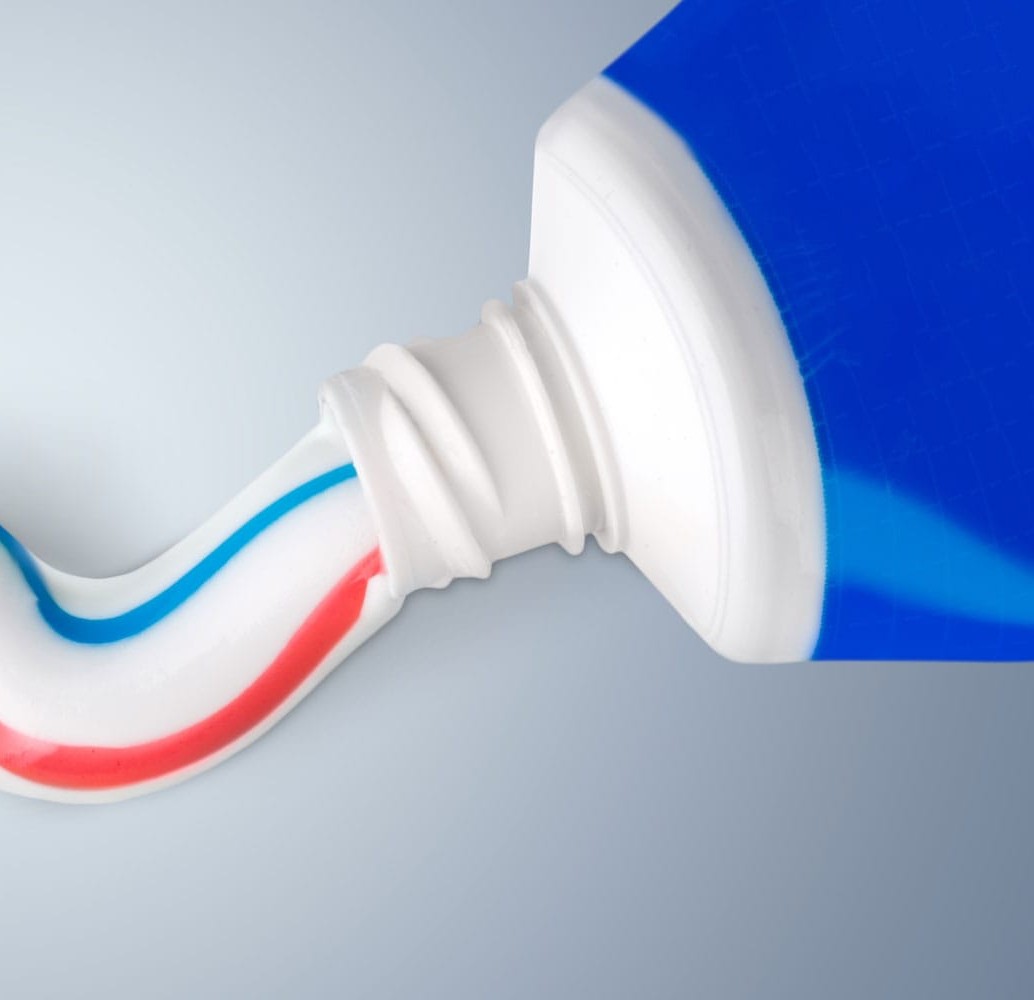I just watched a TikTok about how people used to plug in things to their light sockets when electricity was first becoming popular. And they kept calling the plug a light socket, what rule says it’s not a plug that screws in? And why shouldn’t plugs screw in? We have material science to make plugs and cables hard enough that if you kick the wire it still doesn’t come out. Electrical connections should be more secure. That’s all I’m saying.
Plugs can be more secure, but they also can’t.
You don’t want plugs to be too secure because they’re supposed to be temporary. Plug in fast, unplug fast.
There’s a benefit to plugs that come off easily: That’s the weakest point. If you kick a cord, the cord doesn’t snap, it just comes unplugged. If you make your plug stronger, maybe instead the cable breaks and now you’ve got lethal voltage swinging around, or you have arcing inside a connector or inside a cable that starts a fire.
There are electrical connections that are more secure used in industry or other places. For example DIN plugs or Brad Harrison connectors.
… because they’re supposed to be temporary. Plug in fast, unplug fast.
Some are supposed to be temporary. Others are meant to be more permanent.
But anywhere a plug is permanent, like an entertainment center, it’s not in a place where it’s in danger of being jostled. So there’s no need for a stronger attachment.
I can see multiple reasons:
- trip hasard
- could break the cord or the device if it gets yanked
- less convenient, slower
- it would tangle/twist the cable
Because it’s better for a plug to pop out the socket then the socket come out the wall when someone trips ok a wire. Or you could just use a sensible design like the British plugs that have the wire coming out the base and three pins to hold it secure.
Fr I love my country’s plugs. So easy to hide away too because they aren’t very deep, you can get a unit right up next to them. Plus the safety improvements of the requirement for the top pin to be inserted to unlock the other 2, and having it connected to ground.
Germany is the best I’ve seen, pretty much the USB C of wall plugs.
Totally, UK plug massive represent. Don’t forget the in-built fuse too, stops your equipment getting blown up by surges.
If your appliance or electronic catches fire the first thing you should do is unplug it if you can. You can’t do that with a screw plug.
It’s a lot harder to stick something, like your fingers, into a small hole than a light socket.
Basically that weak contact before the device finishes being screwed in would cause a lot of arcing which would definitely cause a short circuit and would definitely trip your breaker almost constantly. The reason lightbulbs can be screwed in is not so much that it’s a convenient way to design an installable electronic but more that lightbulb companies wanted to create a design that would be so easy to replace any person could do it without any training.
So Edison hired a team of engineers to design an easy and safe application and they made the screw in application such that the contact would only get close enough at the very end of screwing and so that none of the metal would be able to contact human skin, avoiding electrocution and minimizing arcing.
For literally any higher draw application this would cause arcing so intense it would flip a breaker or possibly destroy the device and cause a fire. If you want a real life example just take a portable heater, set it to on and plug it into the wall but make that plugging motion last 3-5 seconds. WARNING you will at the very least flip a breaker and at the worst cause a fire and destroy your wall outlet, so don’t actually try this at home lmao
And what if you need to unplug something quickly?
just cut it and solder everything back together later
You know when you are screwing in a blub without turning off the switch how the blub will blink a few times while you are screwing it in? Most electronic don’t like that.
Twist lock plugs are definitely a thing.
Maybe you want it to release. Mac did that with their laptop in the early ‘00s and it was really handy.
Late 2000s to mid 2010s, and they started again a few years ago.
They do make twist in plugs…
Your standard (north american) plug is a NEMA 5-20R… the twist in (locking) variant is NEMA L5-20R.
I see locking plugs most commonly used in applications where the cord may have a bit more force to it… example: a ceiling mounted receptacle serving movable furniture/equipment.
Theyre not used for standard domestic applications for all the reasons other userd indicated in this thread.
They also make NEMA plugs with threaded rings around the boot for applications in marine and other harsh environments.
Because that would be a significant fire risk and would definitely result in a lot of people dying over they years. You need to be able to quickly unplug something in an emergency.
The cord would get all twisted up
There are a lot of valid reasons not to do a screw in plug, but hoses solved this problem decades ago. The tip turns, the cord doesn’t
You got me there. I didn’t even think about coax
Look up IP66 rated single plugs and 3 phase plugs. I use that every day.
They screwed bulbs in and out before light switches were invented. Switches are better.
As for the plug, pretty sure you had limited plugs. You had to plug in one device, and then unplug it and plug in the next. Ava you likely wanted to unplug when not in use. You wanted it tight but not so unwieldy that it was a pain. This was a good design. Never really had a problem with them coming out. The grounding plug which came later helps make it even more secure.








